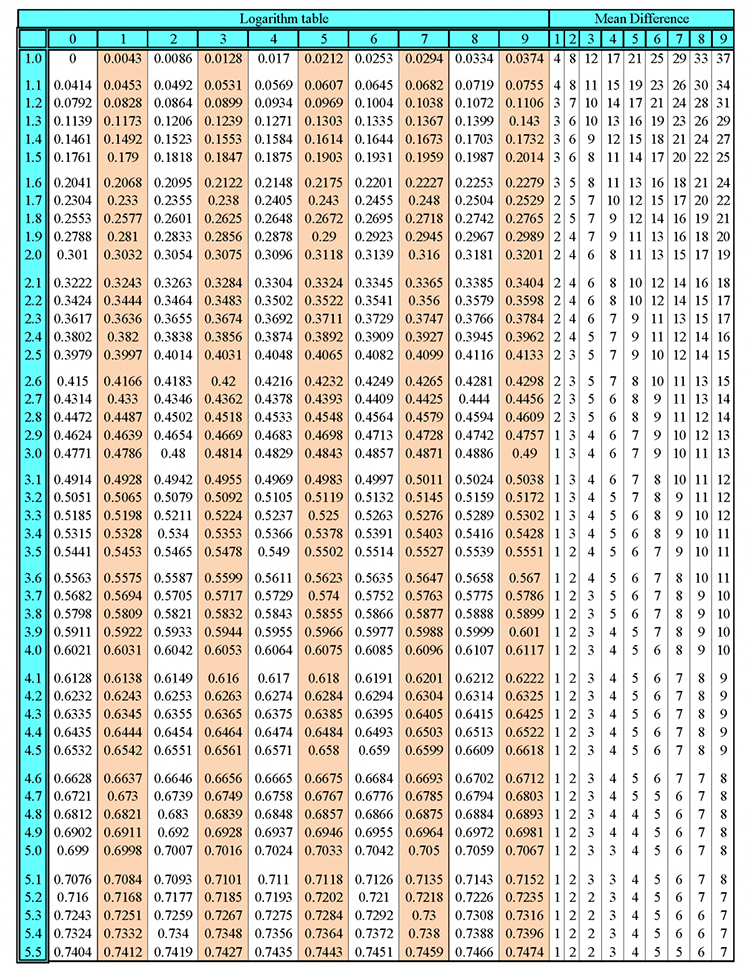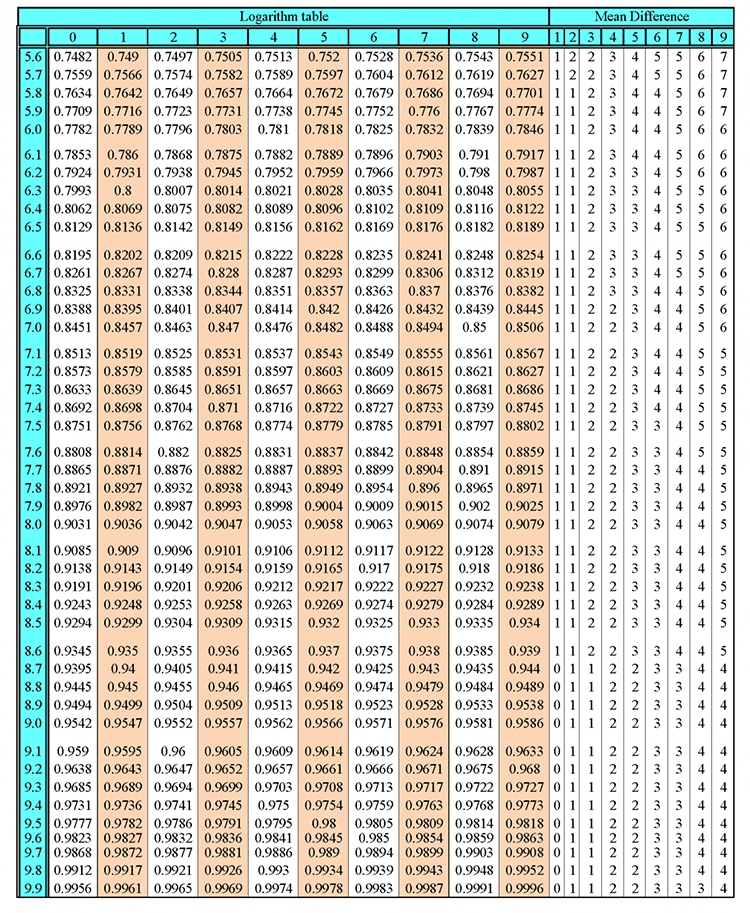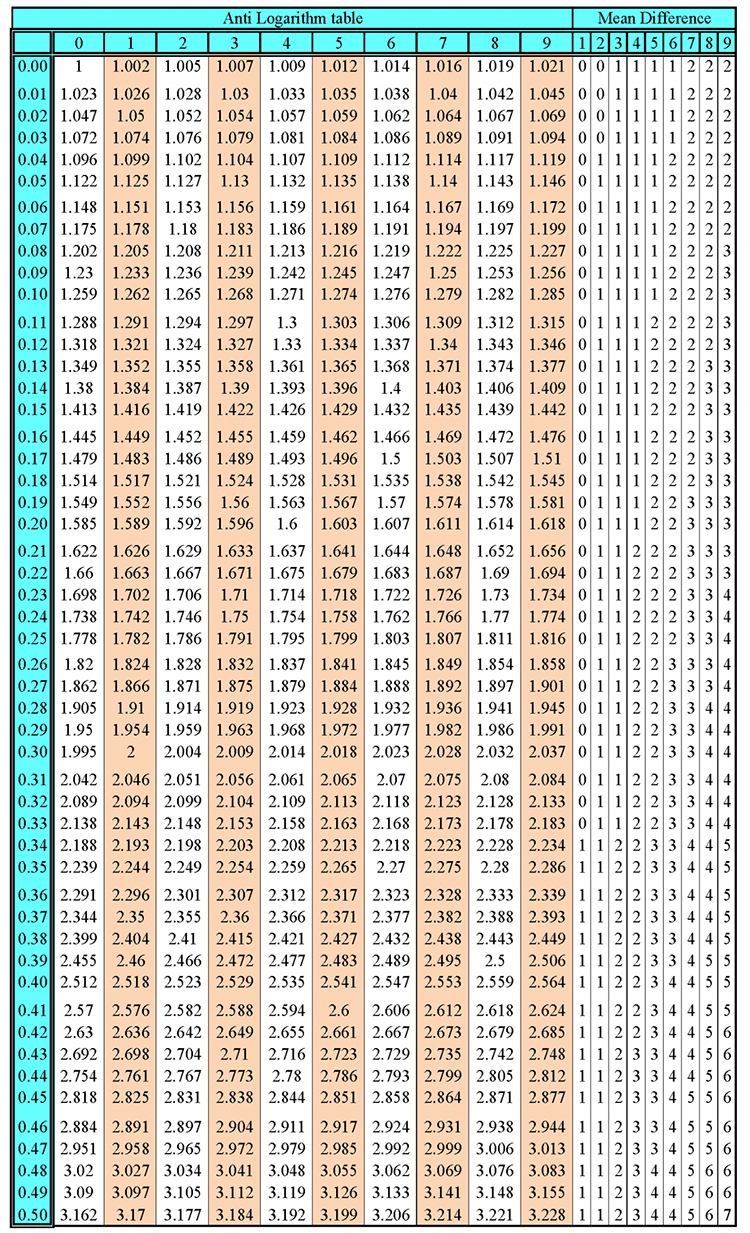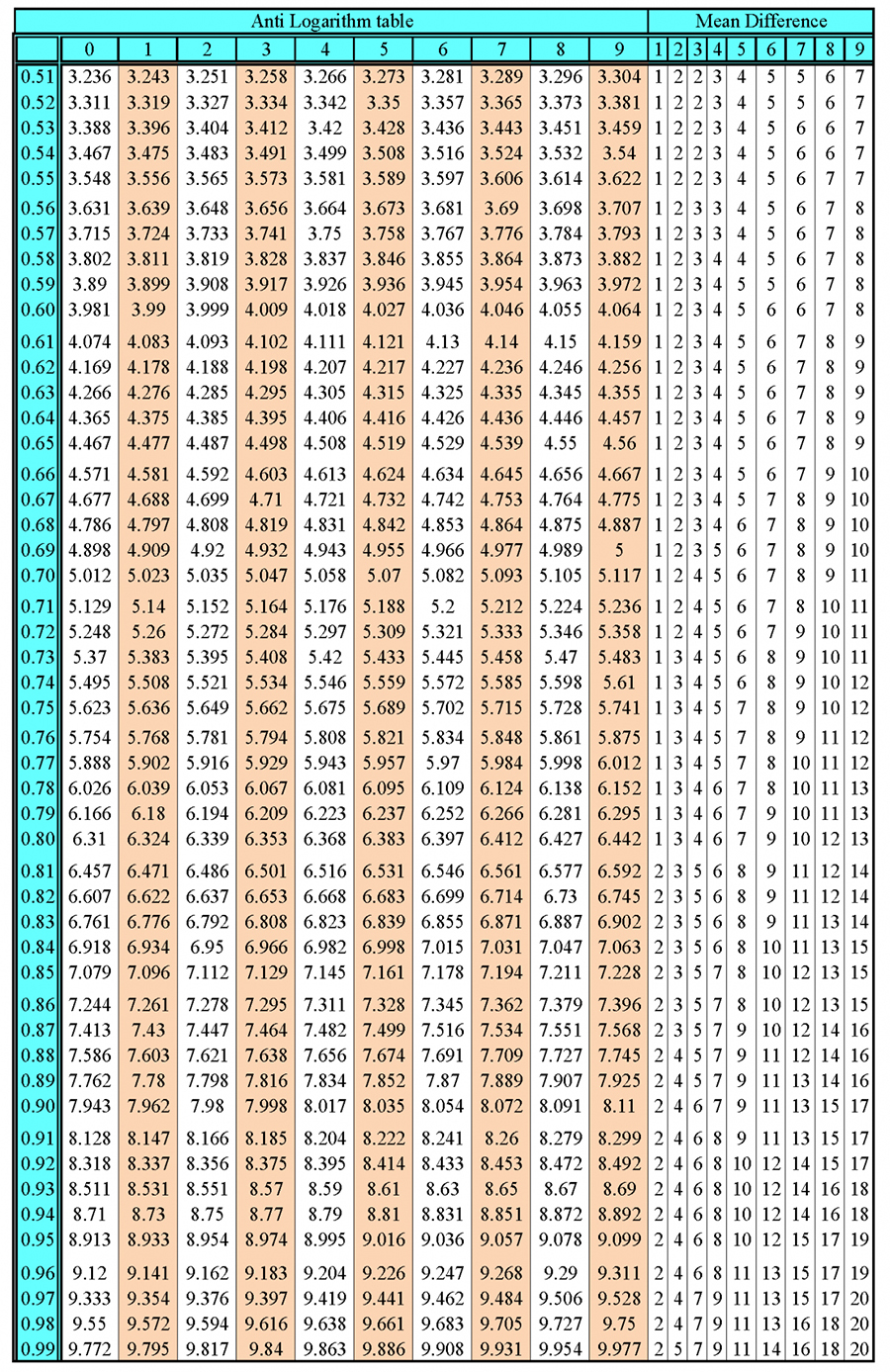Transformer examples
Now we know
`V_1/V_2=(Number\ \turns\ \1)/(Number\ \turns\ \2)`
and
`V_1xxI_1=V_2xxI_2`
We can now work out many problems.
Example 1
A transformer converts 40 volts of alternating current to a higher voltage. The current in the primary coil is 12 amps and the secondary side is 4 amps.
Question A – What is the secondary voltage?
So if we write out all the formulae:
`V_1/V_2=(Number\ \turns\ \1)/(Number\ \turns\ \2)`.......1
`V_1xxI_1=V_2xxI_2`........2
using formula 2 we have:
`40xx12=V_2xx4`
therefore
`V_2=(40xx12)/4=120\ \v\o\l\t\s`
There are 120 volts produced in the secondary side.
Question B – If there are 100 primary coils, how many secondary coils are there?
Using formula 1 we have:
`40/120=100/(Numer\ \turns\ \2)`
`Turns\ \2=(100xx120)/40`
`Turns\ \2=100xx3`
`Turns\ \2=300`
There are 300 turns on the secondary side.
Example 2
A transformer is 100% efficient. It has 200 turns on the primary coil and an input current of 0.5amps. If the secondary coil has 3,000 turns what is the output current?
We know
`V_1/V_2=N_1/N_2`
and also
`V_1\ \I_1=V_2\ \I_2`
Therfore
`V_1/V_2=I_2/I_1`
and therefore
`I_2/I_1=N_1/N_2`
Using this last formula we get
`I_2/0.5amps=(200\ \turns)/(3000\ \turns)`
`I_2=(200xx0.5)/3000`
`I_2=0.033dot3\ \amps`
The output current is `0.033dot3\ \amps`
Example 3
An AC power supply is connected to a transformer. The AC power supply is 12 volts and 2.5 amps. The secondary coil gives a reading of 4 volts.
i. Calculate the power input to the transformer.
We know Power = Village Idiot (see mnemonic)
`P=VI`
Therefore
`P=12xx2.5=30\ \w\a\t\t\s`
ii. Calculate the current in the secondary coil.
We know power cannot be lost or gained
Voltage `1xx`Current `1` = Primary power = Secondary power = Voltage `2xx` Current `2`
`V_1\ \I_1=V_2\ \I_2`
`12xx2.5=4xxI_2`
`I_2=(12xx2.5)/4`
`I_2=7.5\ \amps`
iii. The primary coil has 15 turns; how many turns does the secondary coil have?
We know
`V_1/V_2=N_1/N_2`
`12/4=15/N_2`
`N_2=(15xx4)/12`
`N_2=5\ \turns`




